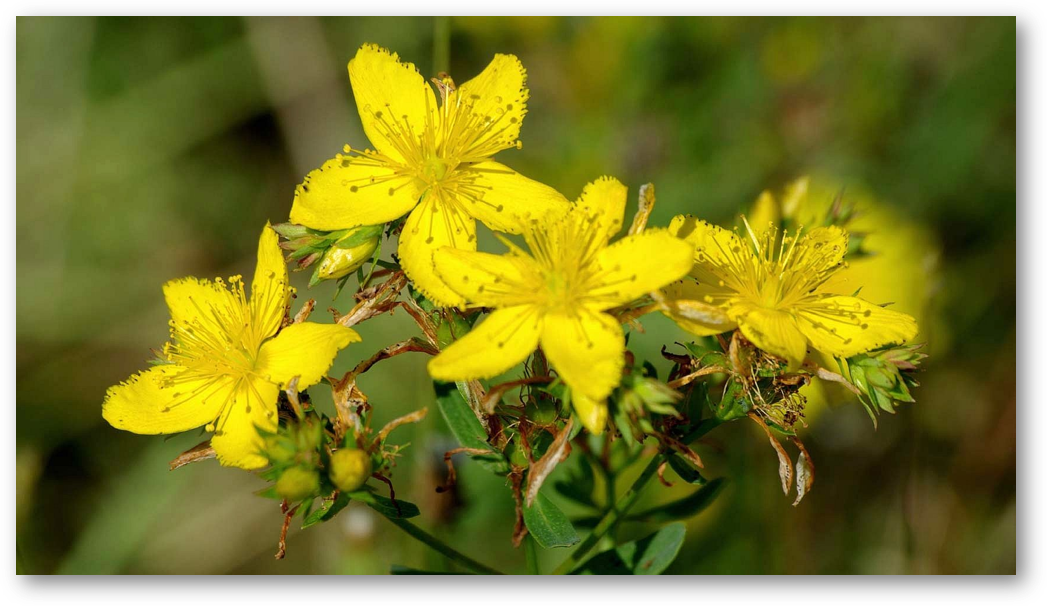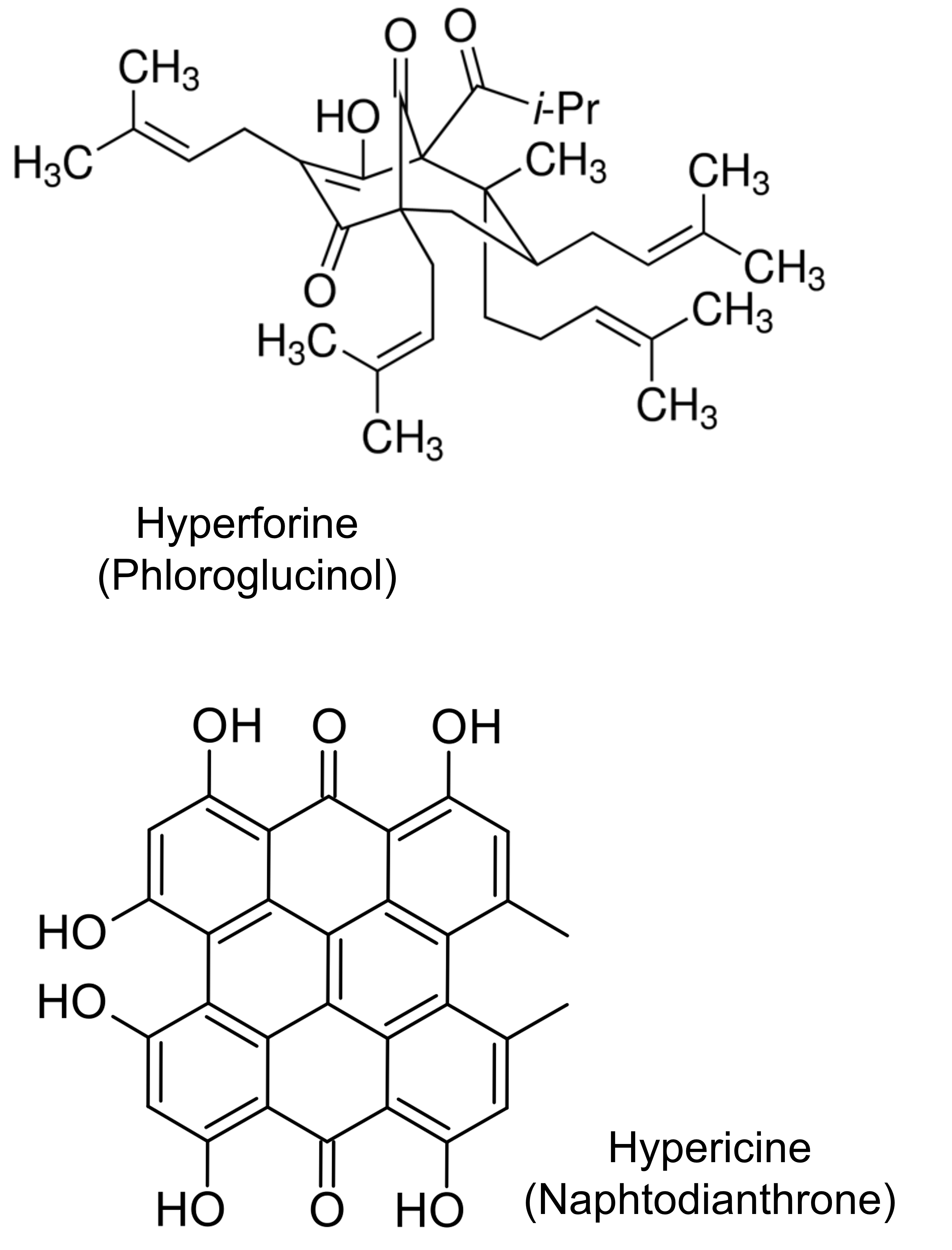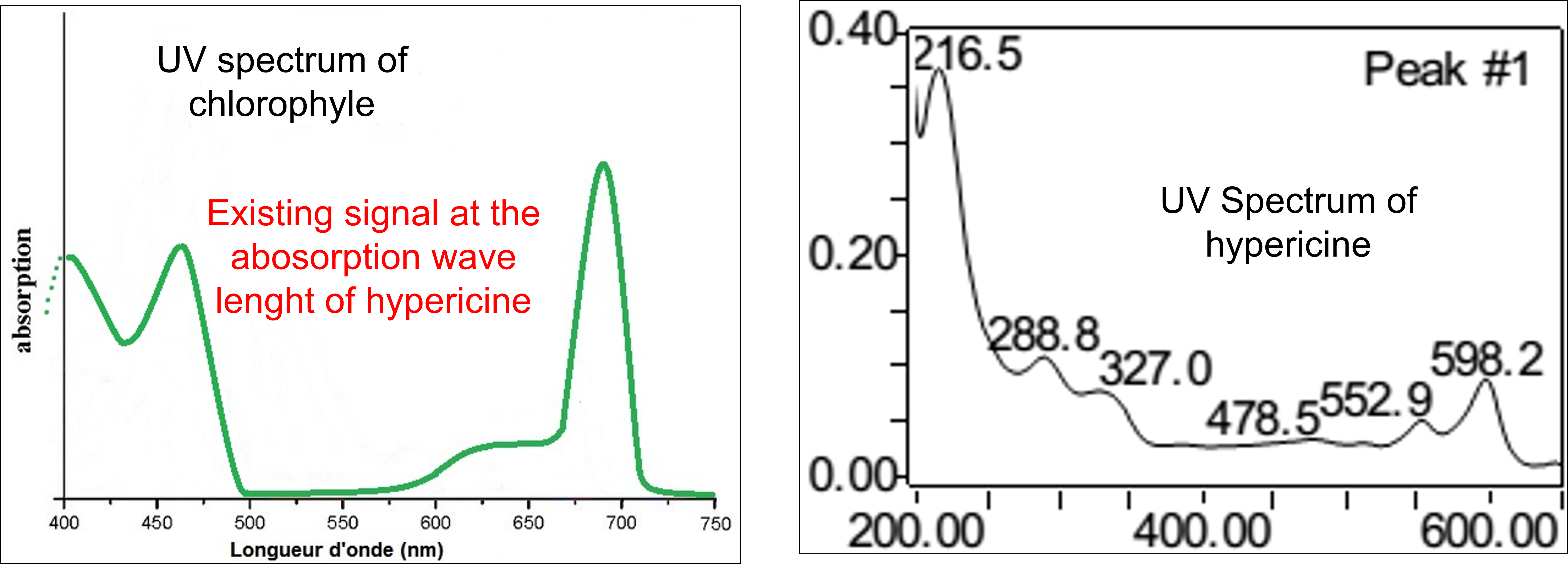
Introduction
Originally from Europe, Hypericum perforatum is a plant widely used for its astringent, healing, antiseptic and psychotropic properties. The active part consists of the flowering aerial parts which contain certain characteristic compounds such as naphthodianthrones and phloroglucinols. In France, St. John’s Wort is now considered as an herbal medicine, which has brought it to the center of attention for all market players for regulatory issues (along with other plants such as, for example, those containing derivatives anthracenics / anthraquinones). The levels of the substances of interest must be monitored to comply with most of the european regulations. Several analysis techniques exists and the results obtained are often different from one method to another, which can be problematic for such a monitored plant. This study will highlight the importance of an accurate analysis to identify the species and raise awareness of the importance of being critical analyzing the results obtained during a phytochemical analysis.
Composition and issues
St. John’s Wort is known to be rich in polyphenols and more particularly in aglycone flavonoids and heterosides of quercetin. More specific biflavonoids are also found with flavan-3-ol derivatives (catechic derivatives and proanthocyanidins) as well as hydroxycinnamic acids and chlorophyll and carotenoid type pigments.
But the activity of this plant seems to come more from naphthodianthrone derivatives (including Hypericin and pseudohypericin) as well as phloroglucinols with Hyperforin as the majority but also adhyperforin and furanohyperforin.
The dry extracts of St. John’s Wort are usually standardized at 0.3% hypericin and 3-5% hyperforin.
For the assay of hypercin, a method by UV spectrophotometry is often used and it is important to remain very vigilant because this method can be subject to controversy.Indeed, the content can be largely overestimated in this way but some actors take the shortcut of validating the characterization of the plant by the simple presence of hypericin according to the dosage by UV spectrophotometry.

Hypericin assay : analysis by UV spectrophotometry and comparaison to HPLC assay
The dosage by UV spectrophotometry is carried out without separating the compounds beforehand, which means that all the compounds will be found mixed in the sample at the time of the analysis. Among these compounds, we find chlorophyll derivatives which absorb in the visible range just like hypericin. Chlorophyll is present in almost all the aerial parts of the plant domain and requires an organic solvent extraction, just like hypericin. In addition, hypericin presents its maximum absorption band around 600 nm (wavelength at which is measured by UV spectrophotometry which presents a direct interference with chlorophyll that presents an existing signal at this same length wave (below in red) In other words, this means that for any sample containing chlorophyll, it will always obtain an existing response for the content of hypericin even if the sample is free of it.

When a shortcut is taken to validate the species Hypericum perforatum simply by the presence of hypericin determined by a UV spectrophotometric method, it is easy to see that this can be problematic.
It can be any plant extract containing chlorophyll that gave a positive response value to the dosage of hypericin by septro-UV. The sample may be identified as St. John’s Wort when it is not the case.
Conclusion
The use of St. John’s Wort is widely regulated in Europe it is thus important to ensure the quality of the sample. The disparity of analysis methods can make their interpretation complex but it is essential to understand the good integrity of a sample.
How to ensure the quality of your Hypericum perforatum samples?
Characterizing the species only by the presence of hypericin is a shortcut to be avoided. Identification by an accurate method (HPTLC or HPLC) is necessary and to be relevant, the quality can only be assessed through a dosage with a prior separation (HPLC for example)
